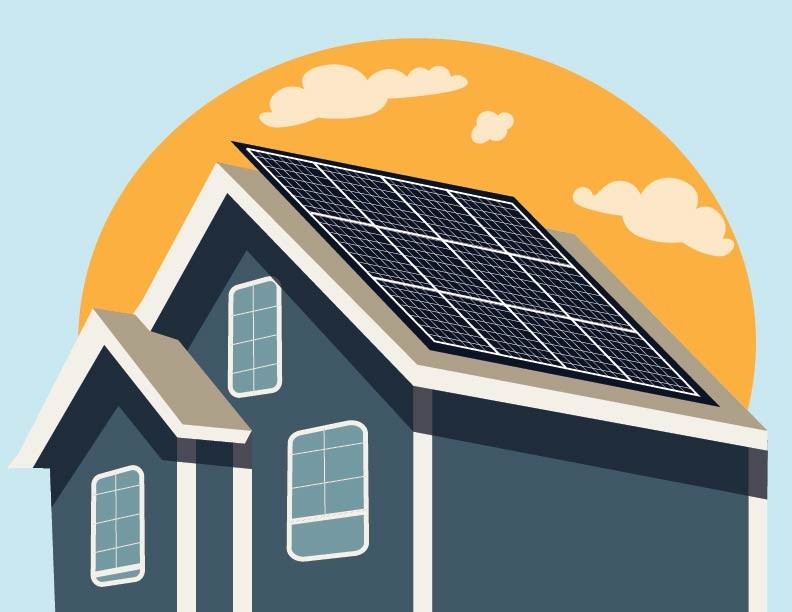University of Minnesota researchers recently released a report that focuses on making solar energy more accessible to low-income households — a solution that could help homeowners meet mortgage payments.
A proposal by Humphrey School of Public Affairs researchers could reduce the overall operating costs for homeowners by providing solar financing options geared toward Habitat for Humanity and its nonprofit affiliates that lower energy bills.
“Habitat for Humanity — they provide affordable housing to people, but even after you have an affordable home, you still have home costs like insurance … and one of those [costs] is energy too,” said Erica Bjelland, a program development specialist at Rural Renewable Energy Alliance. RREAL is a nonprofit that works to make solar energy accessible to people at all income levels.
The University of Minnesota’s Chan Lab partnered with RREAL to develop ways to alleviate poverty using solar energy.
“What we really focused on was the finance side, ‘How do you make the solar integration actually create long-term value for homeowners?’” said Gabe Chan, the principal investigator of the Chan Lab.
The use of solar energy in Habitat for Humanity is not new. Chan documented over 50 cases across the country where Habitat for Humanity homes have integrated solar. He said the problem is these tend to be one-off projects due to their reliance on donated resources.
“You have … nothing really systematic and transformative about how to do this integration together as a real package for energy assistance,” Chan explained.
Instead of these one-off projects, Chan and his team looked for more sustainable solutions. “The goals of our project were to think about how to do solar integration with Habitat for Humanity in a way that could be more transformative and long-term and sustainable,” Chan said
In the report, the researchers cited a study from research consulting firm Fisher, Sheehan and Colton that found households at the federal poverty level spend approximately 18 percent of their income on energy. This energy burden makes it difficult for many homeowners to transition out of their tight financial position.
Even though solar systems generate energy for free, the challenge is affording the huge upfront cost. It costs around $30,000 to power the average Minnesota house with solar energy, Bjelland said. According to Chan, paying for this often involves lines of credit or loans, which create accessibility barriers for low-income households.
Apart from cost, another challenge is restructuring Habitat for Humanity house designs so that they are more appropriate for solar energy, graduate assistant researcher Jordan Morgan said. This includes considering the angling of the roof and the direction the house faces to ensure maximum sunlight, he explained.
“What we’re trying to think about is how do you take that revenue from the solar generation that accrues slowly over time and re-invest that in a way that enables future home builds to integrate solar,” Chan said.
The main audiences of the report were Habitat for Humanity affiliates and solar developers like RREAL. “It’s not just a published article to sit in the shelves of academia,” Morgan said. “It’s really a useful tool.”
Correction: A previous version of this article misspelled research consulting firm Fisher, Sheehan and Colton’s name








